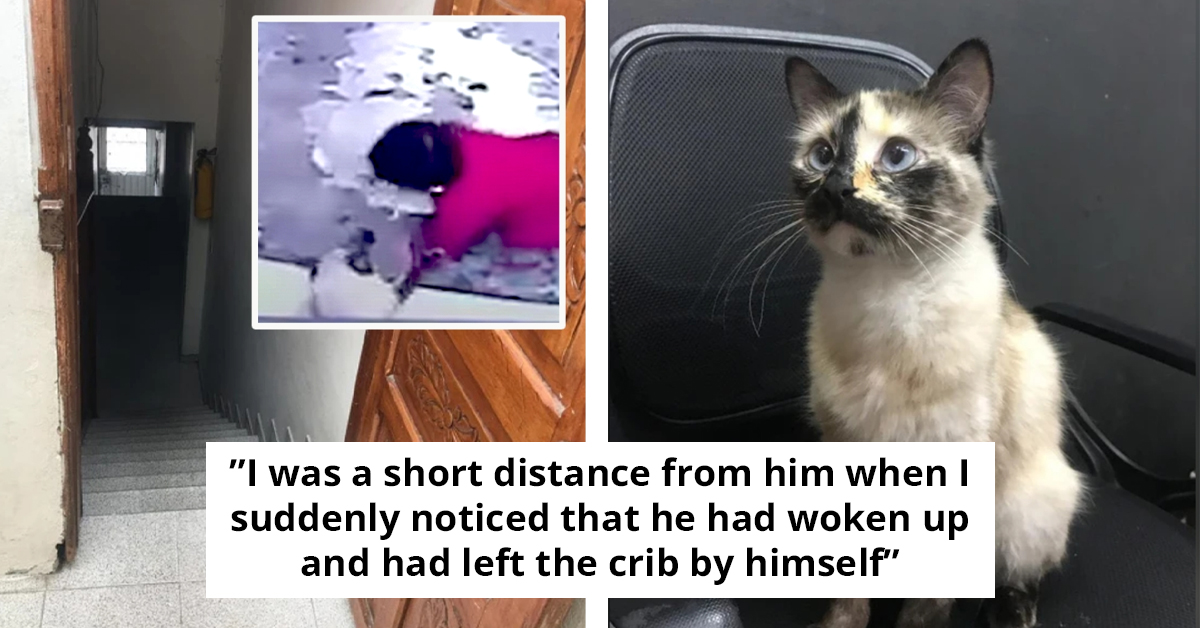The Versicolored Barbet Is A Psychadelic Array Of Colorful Feathers
If you're a bird enthusiast it's likely that you have done some research on the most unique and fascinating birds that live in your area. It's rare to encounter a tropical bird in a non-tropical environment unless it's a product of the pet trade.
One subtropical bird, native to Bolivia and Peru, is coveted for its beautiful array of technicolor feathers. The versicolored barbet is a brightly bristled bird that is as complex as it sounds.
The bird's psychedelic array of colors make it look like a cartoon character animal that has sprung to life. Complete with a blue handlebar mustache and a red feathered helmet, the versicolored barbet always seems to have an angry, intense appearance.
The extremely colorful species belongs to the Capitonidae bird family, known as the New World barbets. A common characteristic of barbets is a sturdy bill and this is certainly evident in the versicolored barbet.
The scientific name for the brightly colored bird is Eubucco versicolor, not to be confused with other close relatives in the same bird family. There are three subspecies of versicolored barbets that each have unique defining features. Thankfully, this bird's colored feathers are so distinctive that they are easy to identify in the wild.
Meet the exceptionally vibrant Versicolored Barbet!
Subspecies of the barbet have some differences in their appearance, however, all of the male birds can be identified by their bright red face and crown that meets with blue-green feathers towards the top of the head.
The male's lower breast has a red half-moon-shaped swatch dividing a lemony yellow chest from a green feathered belly.
 @satieairme
@satieairmeThe female and male birds have different color patterns
Where the male has a bold yellow chest, the female birds have green to blue-green chest feathers. The female birds also have a more yellowish belly with green feather streaks throughout.
 @jacamarclub
@jacamarclubThey are native to Bolivia and Peru
All of the barbet subspecies are around 6.3 inches long when mature. The bird is native to South America and is a non-migratory species, meaning that it lives in the jungles of Bolivia and Peru year-round.
 Joao Quental
Joao QuentalThe versicolored barbet prefers sub-montane forest areas
All three subspecies of the Versicolored barbet prefer to live in sub-mountainous forest areas rich in heavy epiphytes (air plants) and mosses. They also thrive in mature secondary forested areas and typically live in a range of altitude between 1,000 to 2,000 meters.
 @ericsonpinedo
@ericsonpinedoThe bird's diet consists of berries, seeds, and bugs
The barbet's diet consists of about 80% fruit and seeds and about 20% arthropods which they hunt by tearing and poking through clusters of decomposing leaves on the forest floor.
 Joao Quental
Joao Quental There is still quite little known about this species
The secretive little bird is not very accustomed to being around humans, making them hard to study in the wild. There is little known about the breeding habits of the species and even less is known about the subspecies.
The most populous species of the barbet breeds between July and December. Bird watchers have described at least one nest built inside an existing tree hole with three eggs inside.
 @colores_of_the_world
@colores_of_the_worldStriking light blue feathers around the beak look like a mustache
 Dominic Sherony
Dominic SheronyThis female versicolored barbet can be identified by her blueish chin that fades into a green belly
 Francesco Veronesi
Francesco Veronesi
Watch this spectacular bird in action in the video below!
This rare species is a challenge to find in the wild
The versicolored barbet is considered a generally uncommon to rare species. Two subspecies are classified as Least Concern by the IUCN, while the Blue-chinned barbet has been evaluated as Near Threatened."
Like most subtropical birds they face threats of deforestation, loss of habitat, and climate change. If you get the chance to spot one of these evasive birds in the wild be sure to pay attention because little is known about their behavior!
H/T: OneBirdCage




